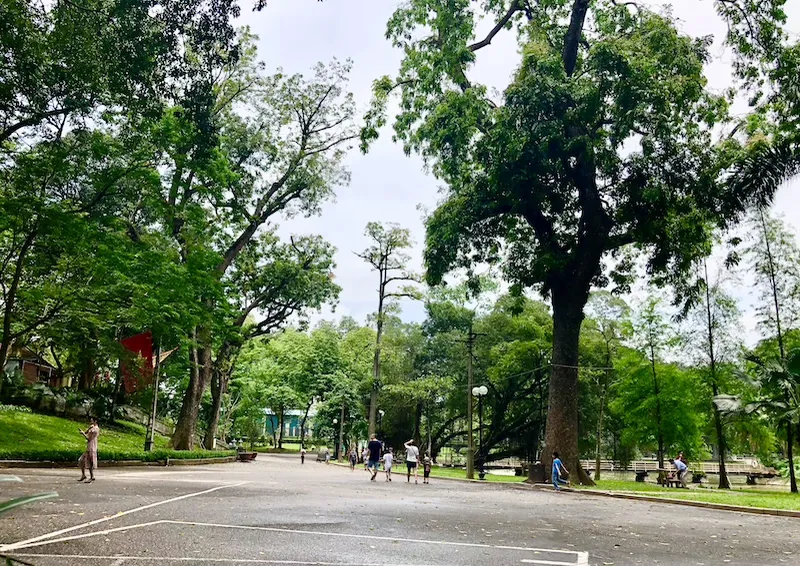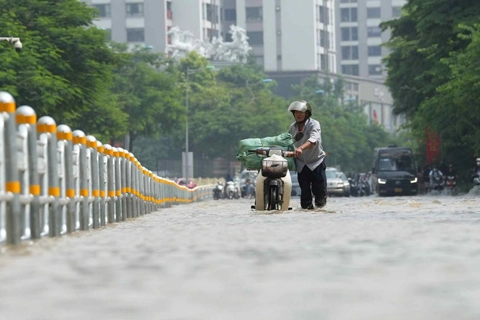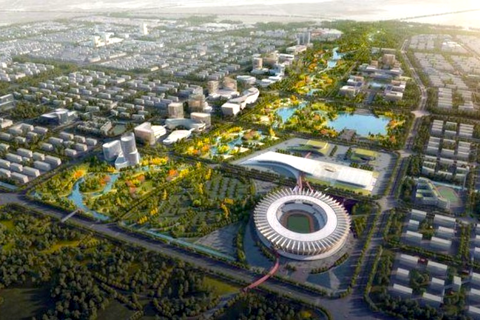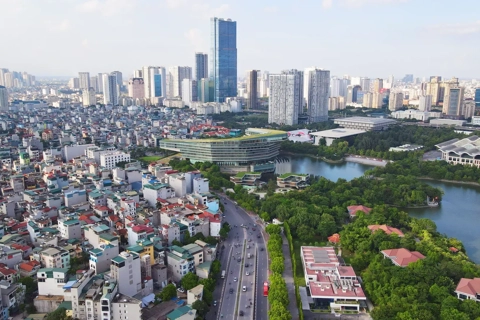Hanoi approves planning for 18ha green park in Gia Lam
The park will create environmental landscapes and improve the living conditions of residents in the area.
Hanoi has approved the detailed planning for more than 18ha of land in Trau Quy Town, Gia Lam District on which a green park and a lake will be built.
| Bach Thao Park - Hanoi Botanical Garden in Ba Dinh District. Photo: Khanh Khanh |
This was the decision of the Hanoi People's Committee on January 14. The land area of the park will include about 4.4ha for roads and 9ha for the lake as well as 5ha for physical activities, sports, and walks.
The park will be divided into different areas among which there are those intended for cultural and educational purposes, artistic performances, sports, children, services, and parking.
In order to effectively deal with unbalanced development which favors housing and office constructions over open spaces, in recent years, the capital’s authorities have made efforts to expand green areas. Since 2014, the city has approved the planning for greenery, parks, flower gardens, and lakes in the city until 2030, with a vision to 2050.
Under the planning, by 2030, 18 new parks in the downtown will be built, bringing the number of parks to 60, of which the city planned to upgrade and renovate 45 existing parks and flower gardens in 2021-2025.
The three parks of Bach Thao, Thu Le and Thong Nhat will be renovated and upgraded with new walkways and other facilities. The city's Management Board for Specialized Construction Investment Projects will be in charge of this job.
Ten existing parks of Linh Dam, Bac Linh Dam, Linh Dam Peninsula, Ba Mau, Nghia Do, Cau Giay, Temple Lu, Indira Gadhi, Nguyen Trai and Hoa Binh would be renovated and repaired on the basis of preserving their original landscape and architecture.










